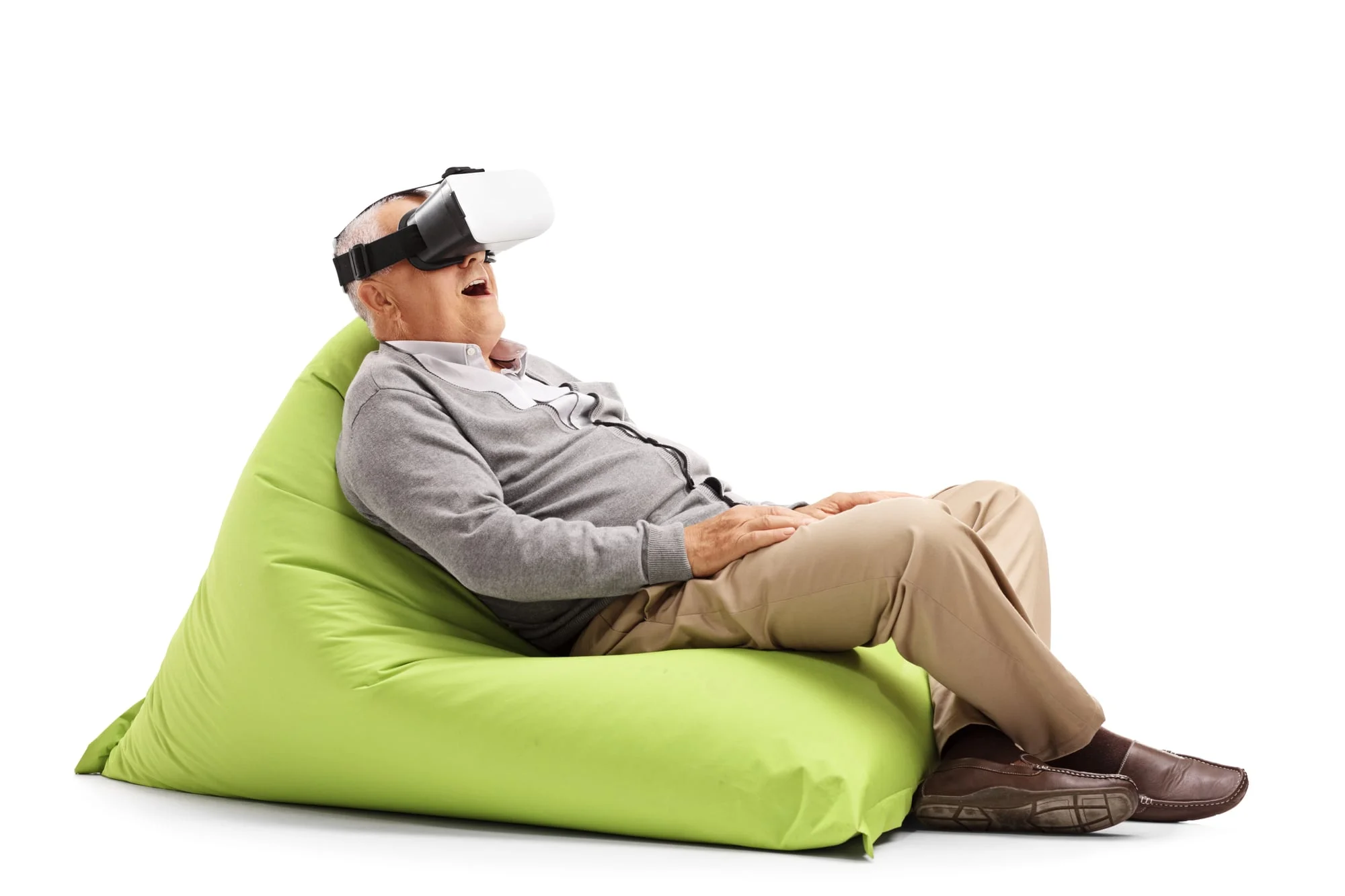As senior living organizations embrace a smart tech approach for their residents, they have no shortage of options to choose from. To succeed, they must understand what their residents most need from them.
From voice-activated personal assistants to movement sensors, all the pieces are in place to create smart home environments in senior living. Doing so can position communities and facilities for future growth and profitability. That’s because the goal of these new technologies is not simply to let providers know what residents are doing. The data collected helps them build a better living experience and makes the staff more efficient and effective.
Seniors, like everyone else, want to maintain as much control over their environment and life as possible. To get there requires much more than automating lights and strapping a tracking device on their wrist.
Telehealth
An innovation that was already becoming more popular has in the age of COVID-19 become an absolute necessity. “Health care at a distance” has taken on a whole new meaning at a time when everyone is being urged to practice physical distancing. A market that was once expected to expand to over $265 billion by 2026, telehealth will now likely see a much faster and bigger expansion. Facilities that haven’t done so yet would be wise to invest in Medical Grade Wi-Fi® to seamlessly accommodate technologies like video conferencing, remote patient monitoring, and “store and forward” secure communications.
Recreational Enjoyment
Interactive screens for gaming purposes, computer classes, and VR headsets are just a few of the modern technologies seniors are embracing. Robotic pets foster meaningful connections through play. And many seniors are mastering the art of Zoom and attending online improv, Tai Chi, and yoga classes. All these innovations are designed to keep seniors socially connected and help them enjoy life to the fullest.
Smart Everything
From the latest digital sidekick, ElliQ, which helps less tech-savvy seniors stay connected, to lighting and keyless entry, smart technology is being integrated into just about every design element. The latest innovations include:
- Contactless fall detection systems that can be installed in senior community homes and rooms. Automated and accurate, the solution eliminates the need for wearables (which some seniors may forget to put on), cameras, and no buttons that need to be pushed to call for help.
- Awaiting FDA approval is a toilet seat that can detect heart failure in high-risk patients, measure blood pressure, and check blood oxygenation levels.
- Amazon’s Alexa is now HIPAA compliant which means a resident’s health data can now be accessed securely.
- AARP’s Alcove, a new virtual reality product that enables families to keep in touch. Senior living communities are embracing the technology as a way to combat isolation.
Some facilities are also adding digital signage and interactive digital displays, some with Alexa connectivity, to help support physical therapy, make exercising more fun, and keep residents informed of daily activity offerings.
Enhanced Networking Capabilities
To best serve your residents you need sufficient bandwidth that blankets every part of your community, not only common areas. Without sufficient internet speed, security, and affordability, your senior living community can experience multiple audio and video problems.
HealthSignals’ Medical Grade Wi-Fi® offers reliable, secure, campus-wide coverage that ensures your residents can connect whenever and wherever they need to. Our Cellular Boost Solutions delivers continuous drop-free cellular coverage for all the users inside the campus, making technology adoption on-the-go even easier. Contact us to learn more.
